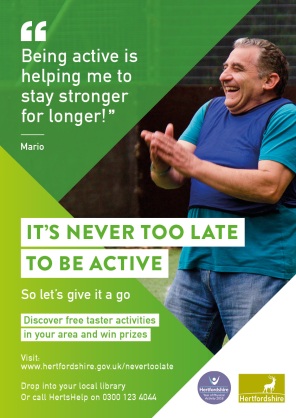
Jacquie White, NHS England Director, explains why Public Health teams are needed at the top table of Integrated Care System discussions on Population Health
“The physicians surely are the natural advocates of the poor and the social problem largely falls within their scope.”
Reading this lovely quote from Rudolf Virchow on the front of the Faculty of Public Health’s Curriculum for Medical Schools made me think how many more opportunities we now have to tackle the fundamental issues impacting on our health and wellbeing by working together in Integrated Care Systems.
While local health and care teams are faced with the reality and consequences of ill-health daily, the partnerships in local systems are enabling and encouraging collective responsibility and action to start to solve some of the underlying determinants driving this.
And I believe we’re starting to see fresh shoots.
The NHS England and Improvement Population Health Management programme is trying to move our shared efforts in that direction and we really need your help.
The aim of the programme is to support local health and care systems and their emerging Primary Care Networks to work in partnership to improve care, and consequently to improve people’s lives, by designing local solutions to address the needs of local people.
I’m inspired daily by the enthusiasm and wealth of skills in public health teams who are driving a focus on proactive, preventative approaches to improve outcomes and reduce inequalities.
To help people struggling with health problems stemming from societal issues such as employment, environmental issues like air pollution, and behaviours like smoking, we need to learn from what’s already been achieved in public health.
With this in mind, the new Population Health Advisory Board, which includes your faculty’s President Maggie Rae and other public health expertise, will be key to guiding the programme and its ambitions over the coming months and years.
So much work has already been done, and the advent of Integrated Care Systems means we can now go further faster bringing together more skills in these partnerships and expanding our collective capacity.
With the NHS, councils, VCSE and other public services all around the table looking at new and very rich linked datasets and predictive analyses we’ve got a huge opportunity to tackle common problems together to maximise the impact and reduce duplication of already stretched resources. It allows systems to have a shared understanding of who their population are, and what is best for them in the long term.
For anyone not familiar with the NHS England and Improvement PHM programme, it’s the NHS’ commitment to working with local authorities and particularly public health colleagues to understand current, and predict future, health and care needs.
It aims to help local systems and their providers design and deliver anticipatory and personalised care and support for individuals, more joined up and sustainable health and care services for local populations and make better use overall of public resources.
It’s the first time we’ve been able to bring together and analyse the right data to generate local discussions in systems by the right groups of people about improving the health and well-being of communities. This includes health professionals, managers, commissioners, providers, data analysts, business intelligence, social care and of course public health colleagues.
So far, wave 1 of the programme has made some fantastic and very speedy achievements locally with more than 1,000 people being better supported, teams designing and starting to deliver new models of care for populations and inspiring the local workforce to feel re-energised about their jobs.
In Lancashire and South Cumbria for example, they focused on the wider determinants of people’s health using their links with the community and borough councils.
Primary Care Networks (PCNs) with their wider multi-disciplinary teams initially segmented their population and then asked analysts to bring in further insight – for example on assisted wheelie bin collections or where people are living in houses of multiple occupation – to help narrow down a specific at risk and impactable cohort of patients for initial action.
From the data – and following further predictive modelling on costed population segments – they found people with needs not met by existing models of care, who are likely to experience a greater deterioration in health than others within similar population groups and who are likely to account for significant utilisation of health and care services in the next few years. They then worked together with local communities to design and agree a proactive tailored care model, including support for health, psychological and social needs.
The Public Health teams at LSC have been leading this work and were a fundamental part of its delivery.
Given that the potential for opportunity is greatest in influencing the wider determinants – and that we know only a small fraction of the factors that impact our health come down to our access to health services – we need more leaders from public health to help us in this mission. To succeed we must connect this work in systems with local teams and communities, and the leadership and expertise from Public Health is invaluable.
If your area is taking part in our programme or beginning to join up action on PHM then please get involved – we want this to be the kind of social movement Rudolf Virchow would be proud of.
Join the PHM Academy for lots more information and news on the development of PHM around the country.


